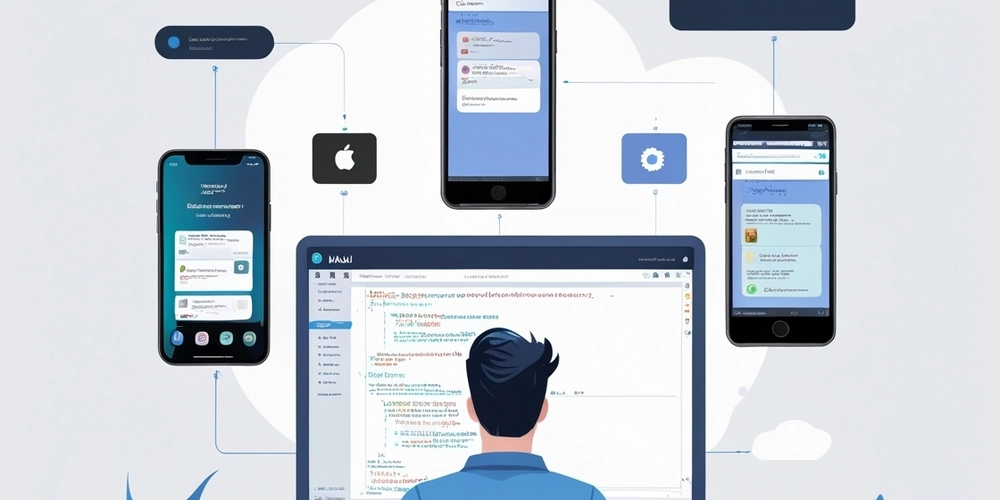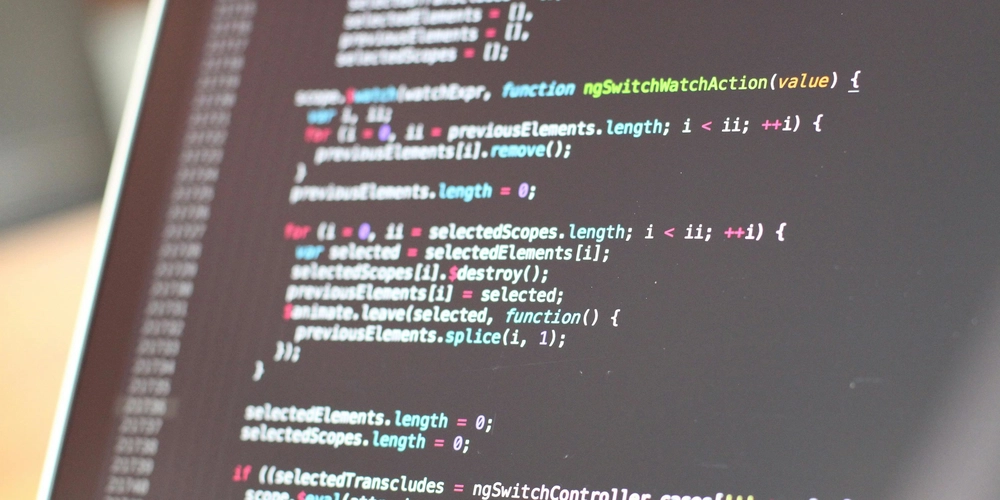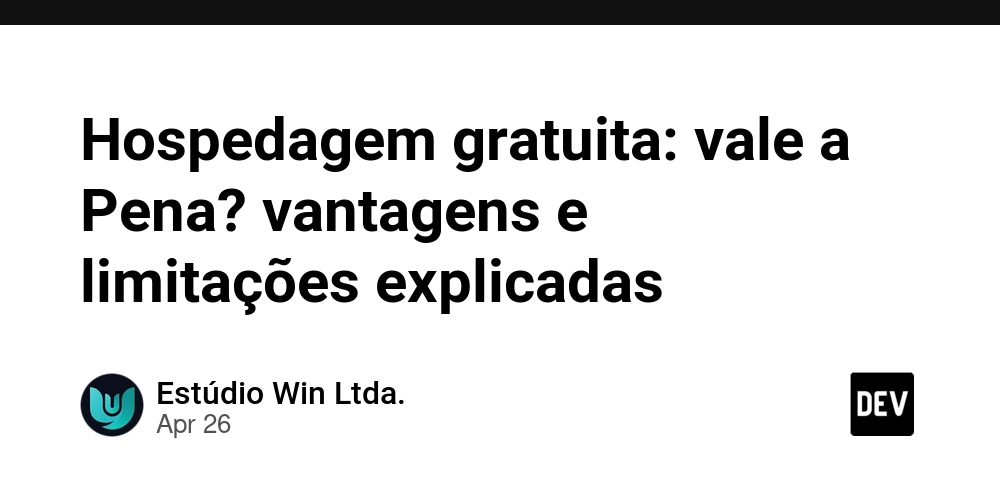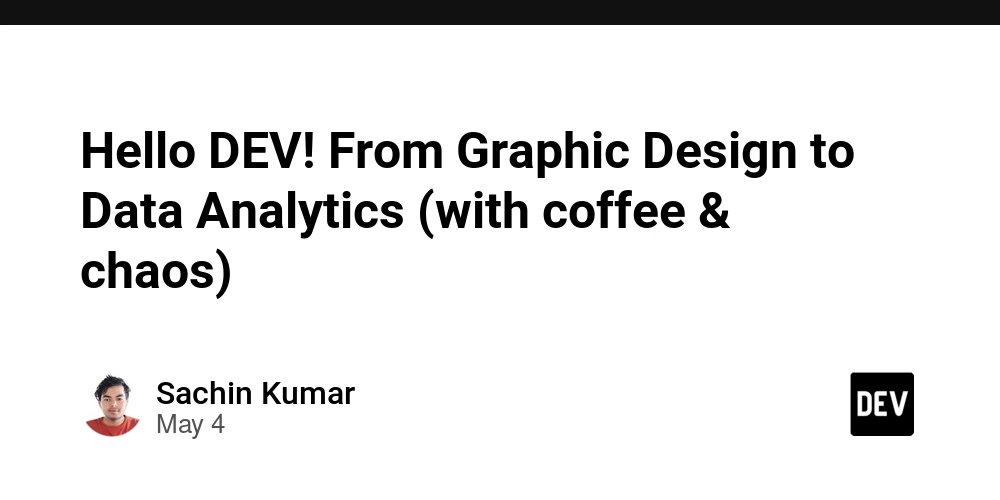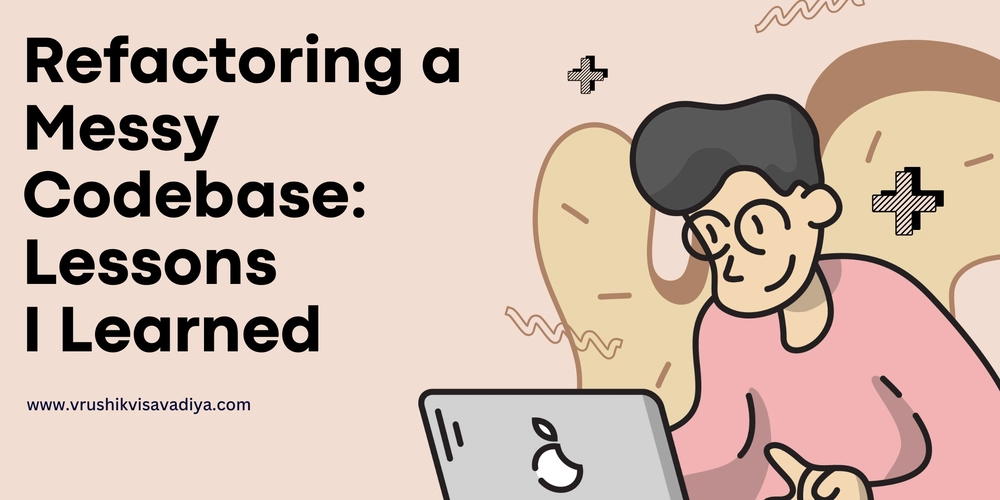Unleashing the Power of Gitcoin and Quadratic Funding: A New Frontier in Decentralized Innovation
Abstract: This post explores how Gitcoin and the quadratic funding model are revolutionizing decentralized innovation. We explain the background of open-source development and blockchain funding, detail the key concepts behind quadratic funding, and provide practical examples of its application. In addition, we critically assess challenges and limitations while highlighting emerging trends and innovations that may shape the future of community-driven finance and open-source sustainability. Links to authoritative sources and related projects (such as Gitcoin, Vitalik Buterin, and more) are included to provide further reading and context. Introduction In today’s fast-paced digital era, open-source development and blockchain funding are reshaping traditional financing methods. Platforms like Gitcoin have emerged as a powerful tool to fund and promote decentralized innovation. By integrating quadratic funding, which amplifies the impact of small donations, Gitcoin is democratizing capital allocation and empowering community-driven projects. Gitcoin’s mission is simple: to provide developers and open-source contributors the resources they need to build a better digital future. With the infusion of blockchain’s transparency and security, this innovative ecosystem is creating alternative funding models that challenge conventional financial paradigms. Background and Context Understanding the impact of this new frontier requires an appreciation for both open-source development and blockchain technology. Open-Source and Transparency Open-source projects thrive on collaboration, shared expertise, and community contribution. By making software source code available to everyone, such projects encourage innovation and rapid problem solving. For further insight, visit open-source licensing models on blockchain. Blockchain Technology for Funding Blockchain technology introduces a secure and transparent framework for transactions. In the context of funding, blockchain ensures that every donation and expenditure is recorded immutably, increasing trust among contributors. Learn more about blockchain technology for open-source security. Emergence of Quadratic Funding Originally conceptualized by visionaries such as Vitalik Buterin, quadratic funding provides a mathematical formula that boosts smaller contributions, thereby ensuring that projects with widespread grassroots support receive proportional backing. This innovative model shifts the focus away from large institutional donors and grants more influence to individuals. A fundamental formula used here is: F(total) = Σ √(c[i]) where each c[i] represents an individual donation. This formula highlights that many small contributions can outweigh a few large ones, reinforcing the idea that community interests drive sustainability—and thereby opens doors for new forms of decentralized finance. Core Concepts and Features Gitcoin and quadratic funding share several key principles that are central to their promise: Democratic Funding Empowerment: Every small donor counts. Even a modest donation can be ramped up by the quadratic matching formula. Transparency: Every transaction is recorded on the blockchain, maintaining full accountability. Community-Driven Decision Making Grassroots Engagement: Projects are selected based on community support. Collective Influence: Decisions reflect the interests of many rather than a few powerful names. Innovative Matching Mechanism Quadratic Funding Formula: Enhances the impact of individual contributions. Broad Participation: Encourages a wide base of contributors, ensuring that niche or emerging projects are not sidelined. Integration with Decentralized Finance (DeFi) Smart Contracts: These automate the funding process and ensure that matching funds are distributed as per the predefined formula. Secure Funding: The immutable nature of blockchain minimizes fraudulent activities often associated with centralized funding. The following table provides a quick summary of quadratic funding compared to traditional funding mechanisms: Feature Traditional Funding Quadratic Funding Weight of Small Donations Minimal Significantly amplified Decision Making Centralized or elite-based Community-driven and democratic Transparency Limited High (blockchain record) Vulnerability to Bias High Reduced by diverse donor base Focus on Popularity Often skewed Balanced by mathematical fairness Applications and Use Cases Gitcoin Grants serve as an iconic example of how quadratic funding transforms the open-source ecosystem. Below are several practical examples: Software Development Tools: Numerous projects that build essential developer tools receive funding; even projects with minor donations from numerous supporters get boosted significantly. Educational Resources: Open e
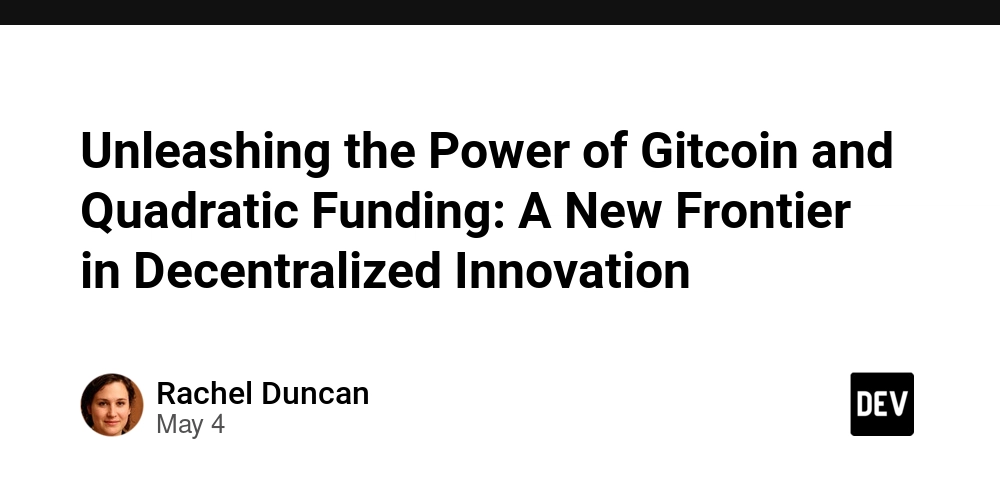
Abstract:
This post explores how Gitcoin and the quadratic funding model are revolutionizing decentralized innovation. We explain the background of open-source development and blockchain funding, detail the key concepts behind quadratic funding, and provide practical examples of its application. In addition, we critically assess challenges and limitations while highlighting emerging trends and innovations that may shape the future of community-driven finance and open-source sustainability. Links to authoritative sources and related projects (such as Gitcoin, Vitalik Buterin, and more) are included to provide further reading and context.
Introduction
In today’s fast-paced digital era, open-source development and blockchain funding are reshaping traditional financing methods. Platforms like Gitcoin have emerged as a powerful tool to fund and promote decentralized innovation. By integrating quadratic funding, which amplifies the impact of small donations, Gitcoin is democratizing capital allocation and empowering community-driven projects.
Gitcoin’s mission is simple: to provide developers and open-source contributors the resources they need to build a better digital future. With the infusion of blockchain’s transparency and security, this innovative ecosystem is creating alternative funding models that challenge conventional financial paradigms.
Background and Context
Understanding the impact of this new frontier requires an appreciation for both open-source development and blockchain technology.
Open-Source and Transparency
Open-source projects thrive on collaboration, shared expertise, and community contribution. By making software source code available to everyone, such projects encourage innovation and rapid problem solving. For further insight, visit open-source licensing models on blockchain.
Blockchain Technology for Funding
Blockchain technology introduces a secure and transparent framework for transactions. In the context of funding, blockchain ensures that every donation and expenditure is recorded immutably, increasing trust among contributors. Learn more about blockchain technology for open-source security.
Emergence of Quadratic Funding
Originally conceptualized by visionaries such as Vitalik Buterin, quadratic funding provides a mathematical formula that boosts smaller contributions, thereby ensuring that projects with widespread grassroots support receive proportional backing. This innovative model shifts the focus away from large institutional donors and grants more influence to individuals.
A fundamental formula used here is:
F(total) = Σ √(c[i])
where each c[i] represents an individual donation. This formula highlights that many small contributions can outweigh a few large ones, reinforcing the idea that community interests drive sustainability—and thereby opens doors for new forms of decentralized finance.
Core Concepts and Features
Gitcoin and quadratic funding share several key principles that are central to their promise:
Democratic Funding
- Empowerment: Every small donor counts. Even a modest donation can be ramped up by the quadratic matching formula.
- Transparency: Every transaction is recorded on the blockchain, maintaining full accountability.
Community-Driven Decision Making
- Grassroots Engagement: Projects are selected based on community support.
- Collective Influence: Decisions reflect the interests of many rather than a few powerful names.
Innovative Matching Mechanism
- Quadratic Funding Formula: Enhances the impact of individual contributions.
- Broad Participation: Encourages a wide base of contributors, ensuring that niche or emerging projects are not sidelined.
Integration with Decentralized Finance (DeFi)
- Smart Contracts: These automate the funding process and ensure that matching funds are distributed as per the predefined formula.
- Secure Funding: The immutable nature of blockchain minimizes fraudulent activities often associated with centralized funding.
The following table provides a quick summary of quadratic funding compared to traditional funding mechanisms:
| Feature | Traditional Funding | Quadratic Funding |
|---|---|---|
| Weight of Small Donations | Minimal | Significantly amplified |
| Decision Making | Centralized or elite-based | Community-driven and democratic |
| Transparency | Limited | High (blockchain record) |
| Vulnerability to Bias | High | Reduced by diverse donor base |
| Focus on Popularity | Often skewed | Balanced by mathematical fairness |
Applications and Use Cases
Gitcoin Grants serve as an iconic example of how quadratic funding transforms the open-source ecosystem. Below are several practical examples:
- Software Development Tools: Numerous projects that build essential developer tools receive funding; even projects with minor donations from numerous supporters get boosted significantly.
- Educational Resources: Open educational resources that aim to democratize knowledge can now secure resources without resorting to traditional funding constraints.
- Blockchain Applications: Innovative blockchain start-ups focusing on DeFi, decentralized governance, or digital identity can leverage Gitcoin’s funding rounds to propel early-stage development.
Bullet List of Real-World Benefits:
- Increased Accessibility: Many more projects have access to funding streams.
- Decentralized Governance: Community votes and funding decisions eliminate traditional biases.
- Enhanced Innovation: Funding distributed equitably encourages risk-taking and experimental research.
- Mitigated Fraud Risks: Strong identity verification and blockchain audits help secure the ecosystem.
For a deeper dive into funding innovations in open-source, check out the Gitcoin Funding Rounds: Empowering the Open Source Ecosystem post on Dev.to.
Challenges and Limitations
Despite its promise, Gitcoin and quadratic funding are not without challenges:
Vulnerability to Exploits
- Sybil Attacks: Fraudulent users may attempt to manipulate donations by creating multiple identities. Although Gitcoin utilizes robust identity verification, rising sophisticated tactics remain a risk.
- Mitigation Strategies: Regular audits, decentralized voting, and continuous platform updates are required to fend off any such attempts.
Funding Volatility and Sustainability
- Market Fluctuations: The cyclical nature of cryptocurrency markets can impact the dollar value of raised funds.
- Inconsistent Donation Cycles: Projects may experience unpredictability depending on market sentiment and periods of high or low community engagement.
Merit Versus Popularity Debate
- Niche Challenges: Projects with specialized goals may receive less widespread financial support even if their long-term value is high.
- Overemphasis on Community Appeal: The system may favor projects that are “popular” even if they do not represent innovative breakthroughs or long-term sustainability.
For more insights on these challenges, consider reading Blockchain and Decentralized Finance for Project Funding.
Future Outlook and Innovations
The outlook for Gitcoin and quadratic funding is dynamic. Many believe that further evolution of the system will bring improvements that address today’s challenges. Below is an overview of the potential areas of advancement:
Improved Governance and Auditing
- Enhanced Identity Verification: By utilizing new blockchain identity protocols, systems may further reduce risks posed by Sybil attacks.
- Decentralized Governance Models: New methods for community voting could ensure more accurate reflection of user interests by integrating cross-community digital identities.
- Smart Contract Audits: Regular audits and transparent reporting, as seen in Arbitrum and Smart Contract Audits, could lead to more secure and reliable platforms.
Cross-Platform and Multi-Chain Funding
- Interoperability Improvements: Future iterations could enable funding across multiple blockchain networks. Check out Arbitrum and Blockchain Interoperability for related discussions.
- Integration with DeFi Yield Platforms: The combination of quadratic funding with yield strategies (see Arbitrum and De-Fi Yield) will likely open further opportunities for project financing.
Expansion of Use Cases
- Beyond Software: The principles of quadratic funding can extend to funding community art, digital media, and even research initiatives. The approach could be adapted to sustain various public goods.
- Enhanced User Experience: Constant iteration on user interfaces and contributor tools (such as Arbitrum and User Experience) makes the process more intuitive and accessible, encouraging broader adoption.
Additionally, exploring open-source licensing challenges and opportunities is vital. Publications like Innovative Funding for Open Source Projects discuss how licensing and funding models intersect to foster new innovations.
For more futuristic insights, consider reading Unlocking the Future of Blockchain with Arbitrum on Dev.to, which details similar decentralized innovations.
Additional Insights and Further Links
The fusion of Gitcoin’s funding platform with quadratic funding principles is a prime example of how modern technology is redefining public good provisioning. Here are some key benefits emphasized by this intersection:
- Democratized Finance: Empowers individuals to directly support projects they believe in.
- Transparent Funding Flow: Every transaction is recorded, providing clear audit trails.
- Broadening the Reach: Opens access to funding for projects that might otherwise be overlooked by traditional gatekeepers.
For those interested in exploring this topic further, the following links offer deeper dives into related subjects:
- Visit Gitcoin Quadratic Funding for the original article.
- Learn about the principles behind decentralized finance at Blockchain and Decentralized Finance.
- Read about the power of community-led projects at Community Driven Projects.
Furthermore, here are five additional resources from the blockchain and Arbitrum ecosystem that complement our discussion:
- Arbitrum and Community Governance
- Arbitrum and De-Fi Yield
- Arbitrum and Open Source Contributions
- Arbitrum and Smart Contract Audits
- Arbitrum and Token Standards
Additionally, for a broader industry perspective from fellow developers:
- Discovering Jackson Innovation: Open Source Funding and Community Collaboration offers insights on open source collaboration.
- Gitcoin Funding Rounds: Empowering the Open Source Ecosystem is a compelling read on leveraging Gitcoin for sustainable project funding.
Summary
In summary, Gitcoin and the quadratic funding model represent a significant shift in the way we fund open-source and blockchain projects. Emphasizing democratic participation, transparency, and a mathematically fair distribution of funds, this model disrupts traditional funding hierarchies. Through empowering community-driven decisions and integrating cutting-edge blockchain technology, Gitcoin is laying the groundwork for a more inclusive and innovative digital future.
Key takeaways include:
- Quadratic Funding: Elevates the power of small contributions, ensuring broader community influence.
- Democratization of Funding: Shifts decision-making from centralized elites to a diverse, decentralized donor base.
- Robust Blockchain Integration: Increases transparency and security, essential for sustaining trust in open-source projects.
- Future Innovations: Improvements in governance, cross-chain interoperability, and user interfaces will enable broader adoption across industries.
While challenges such as sybil attacks and funding volatility persist, ongoing improvements in identity verification, smart contract auditing, and community-driven governance are paving the way for a stable future. The integration of these cutting-edge approaches not only supports open-source growth but also has far-reaching implications for decentralized finance and public goods funding.
As we continue to navigate this rapidly evolving landscape, Gitcoin and quadratic funding remain at the forefront of enabling sustainable and equitable innovation. Their success not only offers hope for open-source projects but also sets a benchmark for decentralized financing models globally.
Embracing technology that empowers every voice fosters a future where collaborative innovation truly knows no boundaries.
This post has delved into the transformative impact of Gitcoin and quadratic funding, combined with relevant insights, tables, lists, and authoritative links, to create a holistic view of this paradigm shift in decentralized innovation. Enjoy exploring and contributing to this vibrant ecosystem!











































































![Apple Developing Battery Case for iPhone 17 Air Amid Battery Life Concerns [Report]](https://www.iclarified.com/images/news/97208/97208/97208-640.jpg)
![Apple to Split iPhone Launches Across Fall and Spring in Major Shakeup [Report]](https://www.iclarified.com/images/news/97211/97211/97211-640.jpg)
![Apple to Move Camera to Top Left, Hide Face ID Under Display in iPhone 18 Pro Redesign [Report]](https://www.iclarified.com/images/news/97212/97212/97212-640.jpg)
![AirPods 4 On Sale for $99 [Lowest Price Ever]](https://www.iclarified.com/images/news/97206/97206/97206-640.jpg)












































































































_Inge_Johnsson-Alamy.jpg?width=1280&auto=webp&quality=80&disable=upscale#)


























































































































![[The AI Show Episode 145]: OpenAI Releases o3 and o4-mini, AI Is Causing “Quiet Layoffs,” Executive Order on Youth AI Education & GPT-4o’s Controversial Update](https://www.marketingaiinstitute.com/hubfs/ep%20145%20cover.png)



















































































































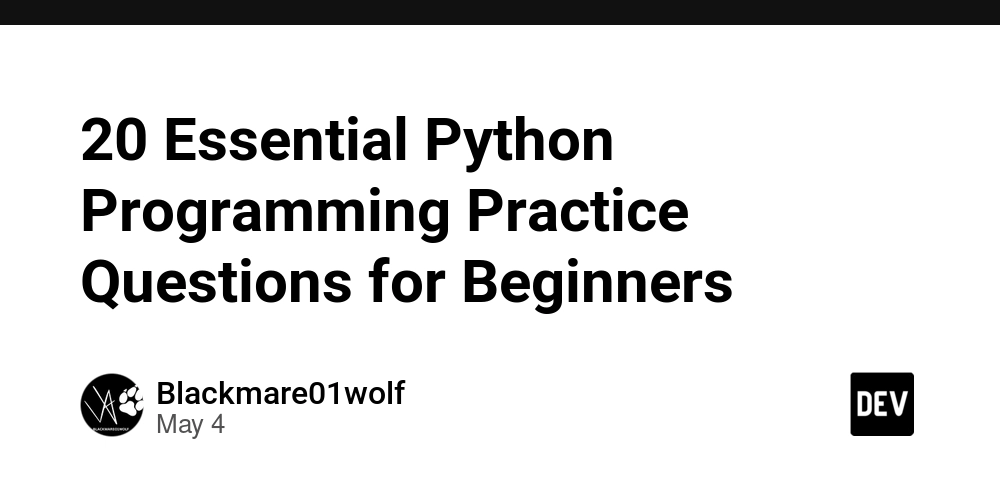











































![From Art School Drop-out to Microsoft Engineer with Shashi Lo [Podcast #170]](https://cdn.hashnode.com/res/hashnode/image/upload/v1746203291209/439bf16b-c820-4fe8-b69e-94d80533b2df.png?#)

![[FREE EBOOKS] Learn Computer Forensics — 2nd edition, AI and Business Rule Engines for Excel Power Users & Four More Best Selling Titles](https://www.javacodegeeks.com/wp-content/uploads/2012/12/jcg-logo.jpg)
































































































